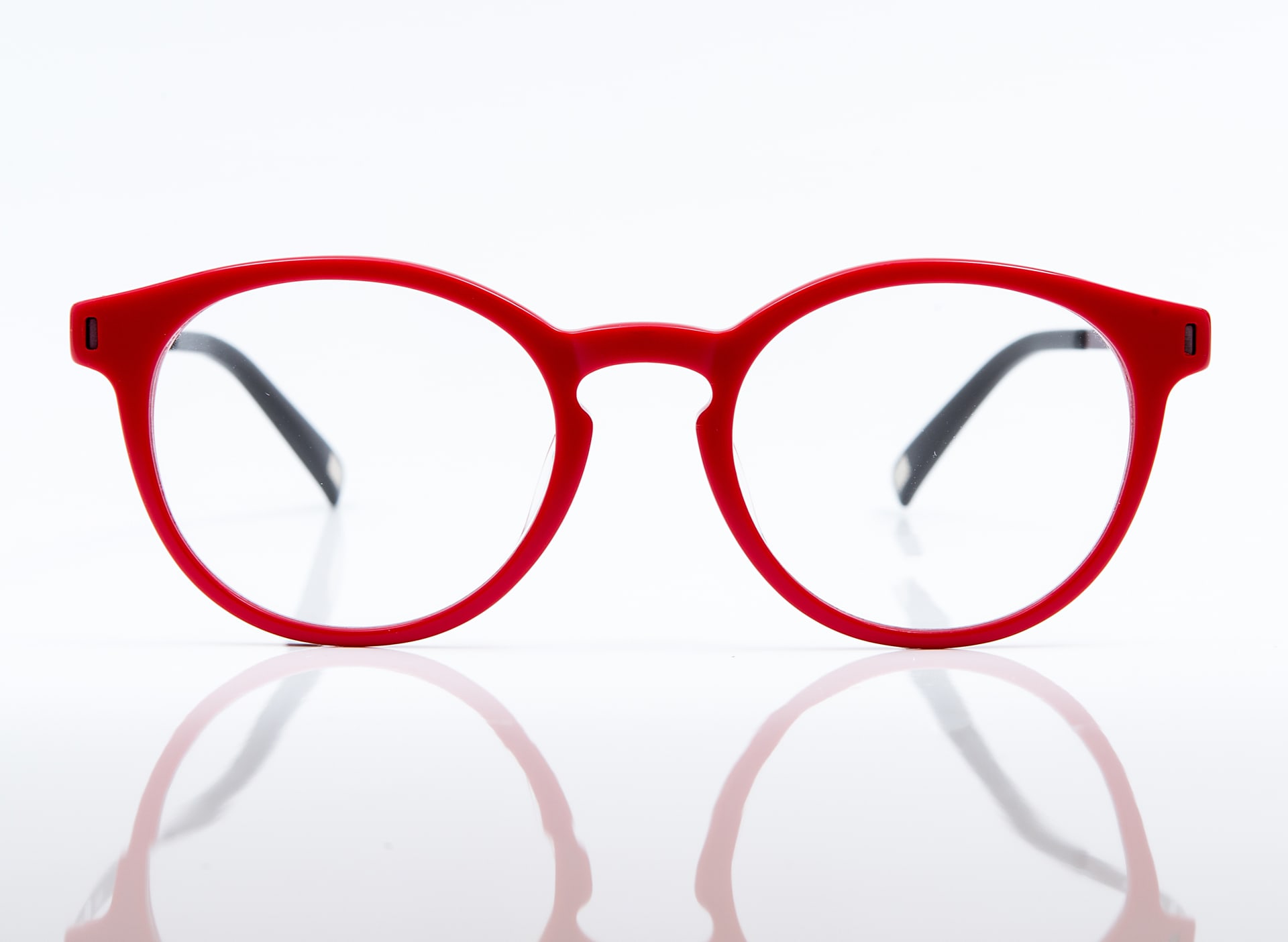Dealing with dry, irritated eyes is more than just an inconvenience—it’s a significant discomfort that can disrupt your everyday life. This condition can be extremely irritating and often feels as though there’s a piece of sand trapped under your eyelids. However, many people don’t realize this is often due to an underlying problem called “meibomian gland dysfunction.”
This condition develops when the meibomian glands—tiny glands inside your eyelids—can’t send oils through to your tear film. This causes tears to evaporate too quickly, and your eyes start to burn.
What Are Meibomian Glands?
Meibomian glands are tiny oil glands that line the upper and lower eyelids. You have roughly 25–40 glands in the upper lid and around 20–30 in the lower lid. These glands, though minuscule, are crucial for your overall health. They produce the oils needed for your tear film.
Your tear film isn’t just a way to show emotion—it keeps the eye hydrated and nourished while protecting it from outside harm. To do so, it needs a careful balance of mucus, oils, and water. The meibomian glands are responsible for the oily layer; this prevents the other layers from evaporating too soon and keeps your eyes protected.
The importance of these oils can’t be overstated. They maintain the integrity of the tear film and give it a clear, smooth outer surface to make sure your eyes stay protected and lubricated. However, the meibomian glands aren’t invincible, and sometimes, they can’t do their job effectively.
What Causes Meibomian Gland Dysfunction?
Over the years, your meibomian glands may become blocked or obstructed in some way. The oils can harden on their way to the tear film, leading to restrictions in the oil flow throughout your eyelids. When these oils can’t reach the tear film, this is meibomian gland dysfunction.
This can develop due to:
- Age-related changes in the eye: As you age, the glands often produce less oil or become obstructed with hardened residue from the oil flow.
- Hormonal changes: Fluctuations in hormones, such as during pregnancy or menopause, can impact the production of oils from these glands.
- Environmental factors: Exposure to smoke, wind, or particularly dry climates can affect your natural oil production.
- Medications: Some medications, like antihistamines, can reduce your natural oil production.
- Underlying medical conditions: Some conditions, like blepharitis or rosacea, can inflame the eyelids.
However, no matter the cause, the result is the same—your tear film is no longer protected, and your tears evaporate too quickly. You’ll quickly notice dry, burning, and irritated eyes that can flare up in harsh environments. So, what can you do?
How Is Meibomian Gland Dysfunction Treated?
Treating meibomian gland dysfunction often requires a multi-pronged approach tailored to your unique lifestyle. This condition can be managed at home through a mixture of eye drops, warm compresses, and supplements to stimulate the production of a healthy tear film.
However, sometimes a more advanced approach is required. If your symptoms are stubborn and interfering with your everyday life, it’s time to visit your optometrist to discuss dry eye treatments.

Intense Pulsed Light
One of the most common treatments for meibomian gland dysfunction is intense pulsed light, or IPL. This is a simple yet effective procedure that uses gentle light-based heat to stimulate the meibomian glands. IPL melts away oil blockages that may be obstructing the glands and encourages the healthy flow of oils to your tears.
This is a noninvasive procedure that can be done quickly, providing long-term relief to meibomian gland dysfunction. It may be recommended multiple times throughout the year to help maintain your results.
LipiFlow
LipiFlow is another efficient way to deal with meibomian gland dysfunction. This approach gently heats the eyelids while massaging the affected area, which clears up the oil blockages to restore the function of the meibomian glands.
This treatment is quick, reported to be painless, and often provides immediate relief from dry eye symptoms. This specialized treatment also requires no downtime.
Meibomian Gland Expression
Sometimes, a simple approach can make all the difference in the world. Your optometrist can manually express your meibomian glands by gently massaging the eyelids, which breaks up the oil blockages to allow them to flow freely to the tear film.
This can be performed by an eye care professional and may be combined with other treatments for enhanced effectiveness. This is quick and noninvasive, giving you a convenient way to find relief.
Which Dry Eye Treatment Is Right for You?
If you’re dealing with dry and burning eyes, it’s time to take action—and our team at West Shore Eye Care can help. We can examine your eyes and tear film to determine what is causing your symptoms and help choose the right treatment for you. You deserve relief, so book an appointment with us today.























